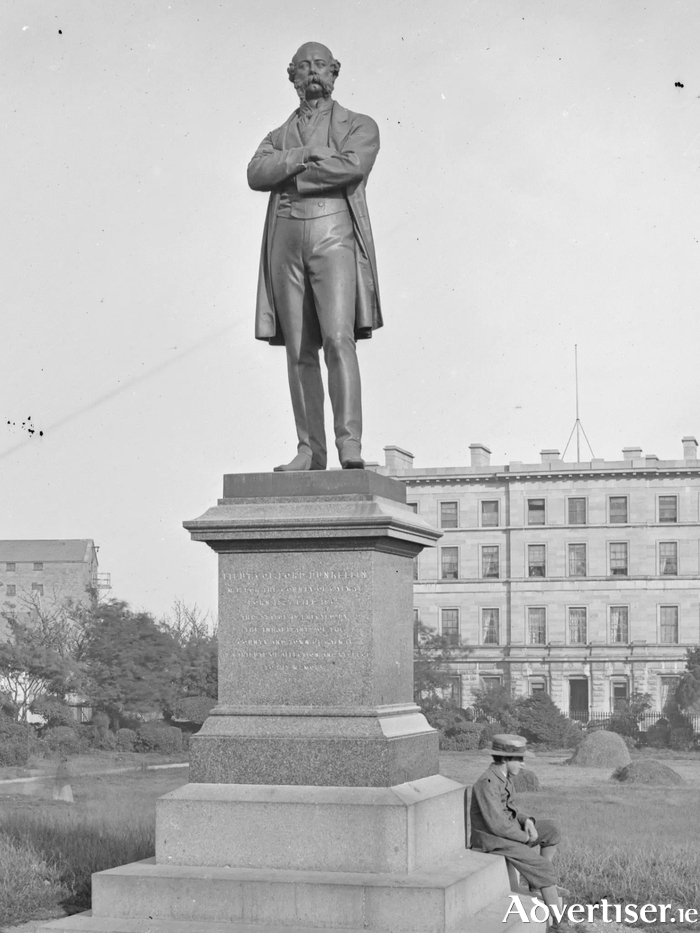Galway’s town hall was occupied by housing protesters in 1922, and a soviet declared. Land seizures across the county shocked the government of the newly independent state, while a huge bronze statue in Eyre Square was dragged by a mob into the sea.
These case studies on Galway’s revolutionary experience are to the fore in a new book which challenges prevailing interpretations of a key period in Ireland’s modern history.
Spirit of Revolution: Ireland from below, 1917-1923, edited by University of Galway historian Dr John Cunningham with Dr Terry Dunne, will be launched next Wednesday, May 1, at 6pm, in Charlie Byrne’s Bookshop.
A key argument of the book is that major studies of the revolution have focused too much on the derring-do of military figures during the struggle for Independence. Instead, a wider ‘spirit of revolution’ which swept the country during the period – expressed through land, street and workplace agitation, has mostly been ignored. Without the contemporary social agitation involving tens of thousands of men and women, the editors argue, both guerrilla struggle and political mobilisation would have been severely constrained.
Guest speaker at the Mayday launch is Dr Sarah-Anne Buckley, while Dr Dunne will conduct a live interview with three contributors to the book concerning social movements in the west of Ireland: Johnny Burke on land seizures around Annaghdown, Moira Leydon on agrarianism on Sligo’s Lisadell estate, and John Cunningham on the 1922 Galway city ‘soviet’.
Spirit of Revolution: Ireland from below, 1917-1923 is published by Four Courts Press.

